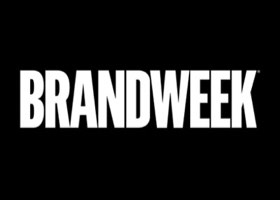Small Screen Gets Crowded As Brand Placements Double

IF YOU think you’re seeing more product placement on TV, you’re right: The amount of brand appearances on prime-time television has almost doubled in the last year, according to Nielsen Product Placement.
From Jan 1 to April 26, there were 8,012 appearances by the top 10 most-placed brands on major network TV shows. That’s up from 4,277 the same period a year before. Similarly, the 10 TV shows that carried the most brands also saw the number of product placements within them double, the data show. This year, the top 10 most-branded shows carried 16,673 appearances by brands versus 10,543 brand appearances last year.
The trend is the same if extended to the top 20 most-placed brands and most-branded shows, the Nielsen numbers show.
The Tracker will periodically publish TV brand appearance data in conjunction with Nielsen (which, like Brandweek, is owned by VNU) in an effort to better understand which shows brands are drawn to, which brands are diving into the market and—perhaps most importantly—where the money is going.
If the rapid increase in brand appearances continues, the industry will soon have to face the same issue that the advertising business has been dealing with for decades: clutter.
“I think we’ve reached the ceiling, right now, in the top-tier shows. It hasn’t made its way to the second-tier shows,” said Jeff Greenfield of 1st Approach/Hollywood Product Placement, an agency which has placed Black & Decker, among others.
The run-up in placement is a bad sign for traditional media, including TV itself.
For instance, Everlast’s deal with Mark Burnett Productions for The Contender gave Burnett a slice of the company and only required Everlast to build sets, an expenditure far less than the equivalent exposure in ads would have been. “It levels out the playing field when we compete with Nike and Adidas,” said Everlast evp Seth Horowitz.
And Kraiko Diamonds, which didn’t pay for any of its appearances on The Biggest Loser and America’s Next Top Model, has actually stopped much of its print advertising to pursue placement. “At the moment this is the best way of getting our message across,” said Kraiko CEO Dan Kohanarieh.
Not everyone thinks the airwaves are too crowded. Alan Gould, CEO of placement measurement company IAG Research, thinks DVRs—which also kill off traditional ad revenue—create room for more. “Clutter is completely different for someone who’s stripping out the ads than for someone who isn’t,” he said.

